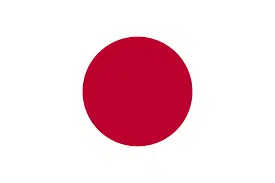Recently, an intercontinental ballistic missile tested by North Korea fell into Japan’s exclusive economic zone, confirmed by Japanese PM Fumio Kishida. This surfaced long old dispute between the two nations.
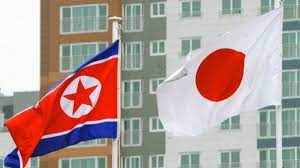
HISTORICAL BACKGROUND JAPANESE AND NORTH KOREA
Japan-Korea relations go back over two millennia. Japan officially annexed the Korean peninsula after the Russo-Japanese war in 1910.
While expanding its empire, the Japanese used Korea as a mere tool to support its military and administration. Korea supplied Japan with steel, machines, chemicals, and food. During its expansion in Asia and the Pacific region, the Japanese recruited Koreans to service jobs that has been left by the people of Japan who participated in the war, as well as Korean women to serve at different Japanese military installations.

Japanese Nippon also forced Koreans to accept Japanese culture, by giving Japanese names to Koreans and making the Japanese language compulsory. They even banned teaching the Korean language and history.
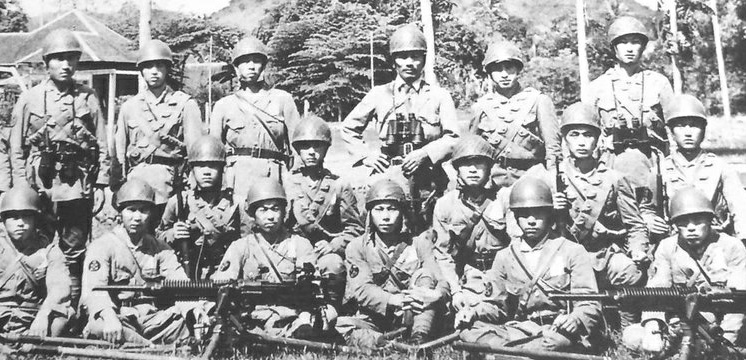
Just after Japan’s defeat in World War II, The United States and the Soviet Union divided the Korean peninsula into North Korea globally known as the Democratic People’s Republic of Korea (DPRK) which was led by Kim Il-Sung, and South Korea the Republic of Korea (ROK) which was led by Syngman Rhee, at the 38th parallel.

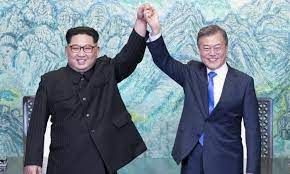
EVENTS LEADING TO TENSION
After the division of the Korean peninsula, the tension between Japan and Korea didn’t completely end. At the end of World War II, over two million Koreans were living in Japan. Those Koreans, who were identified as North Korean or backed by the DPRK established Chongryon, which is an assembly for Korean residents, in 1955.
Chongryons acted as a portal between Japan and DPRK for trading purposes. From 1992 until the imposition of sanctions in 2006, a large ferry and cargo ship, the Mangyongbong-92, sailed regularly between the Japanese city of Niigata and Wonson, a city on the eastern coast of North Korea.

Tokyo established informal relations with North Korea but not Diplomatic relations. Whereas, in 1965, Japan signed an agreement to normalize relations with Seoul and acknowledged ROK as ‘ the only lawful government in Korea’.
After the agreement between the US and DPRK on North Korea’s nuclear program in 1994, Japan agreed to provide financial aid to Korean Peninsula Energy Development Organisation (KEDO). But after North Korea’s launch of the two-stage Taepodong-1 missile in 1998, which overflew Japanese land without prior warning, Japan issued several sanctions on North Korea and also stopped funding for KEDO, temporarily.
Now under the leadership of Kim Jong Un, North Korea is testing nuclear weapons extensively, which is a major concern for Japan. Currently, nine countries have their nuclear arsenal – China, North Korea, France, India, Israel, Pakistan, Russia, The United Kingdom, and The United States.
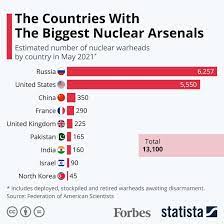
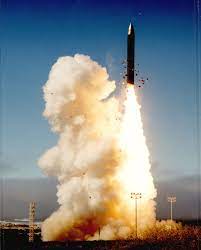
While attending a regional summit, Japanese PM Fumio Kishida confirmed the landing of an ICBM-class missile into the EEZ (Exclusive Economic Zone) of Japan. The EEZ extends up to 200 nautical miles from the Japanese coastline.
These nuclear weapon tests by North Korea are increasing concern for the Japanese government.







